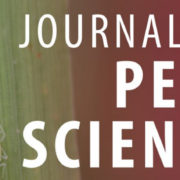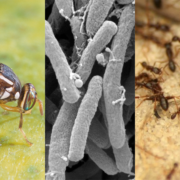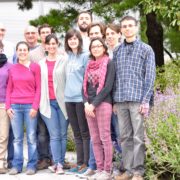Philaenus spumarius: when an old acquaintance becomes a new threat to European agriculture
Authors
D. Cornara (1), D. Bosco (2,3), A. Fereres (1)
Affiliations
(1) Instituto de Ciencias Agrarias, Consejo Superior de Investigaciones Cientificas, ICA-CSIC Madrid Spain. (2) Università di Torino, Dipartimento di Scienze Agrarie, Forestali e Alimentari, Grugliasco Italy. (3) Istituto per la Protezione Sostenibile delle Piante, Consiglio Nazionale delle Ricerche, Torino, Italy.
Abstract
The unique color pattern polymorphism and the foamy nymphal case of the meadow spittlebug Philaenus spumarius have attracted the attention of scientists for centuries. Nevertheless, since this species has never been considered a major threat to agriculture, biological, ecological and ethological data are missing and rather scattered. To date this knowledge has become of paramount importance, in view of the discovery of P. spumarius main role in the transmission of the bacterium Xylella fastidiosa in Italy, and possibly in other European countries. The aim of this review is to provide a state of the art about this species, with particular focus on those elements that could help developing environmental friendly and sustainable control programs to prevent transmission of X. fastidiosa. Moreover, recent findings on the role of the meadow spittlebug as vector of the fastidious bacterium within the first reported European bacterium outbreak in Apulia (South Italy) will be discussed.
This work was supported by EFSA procurement action on the information on biology and control of vectors of Xylella fastidiosa, the European Union Horizon 2020 research and innovation program under Grant Agreement No. 635646 POnTE (Pest Organisms Threatening Europe), and Grant Agreement No. 727987 XF-ACTORS.
Published on March 15, 2017 by JOURNAL OF PEST SCIENCE









